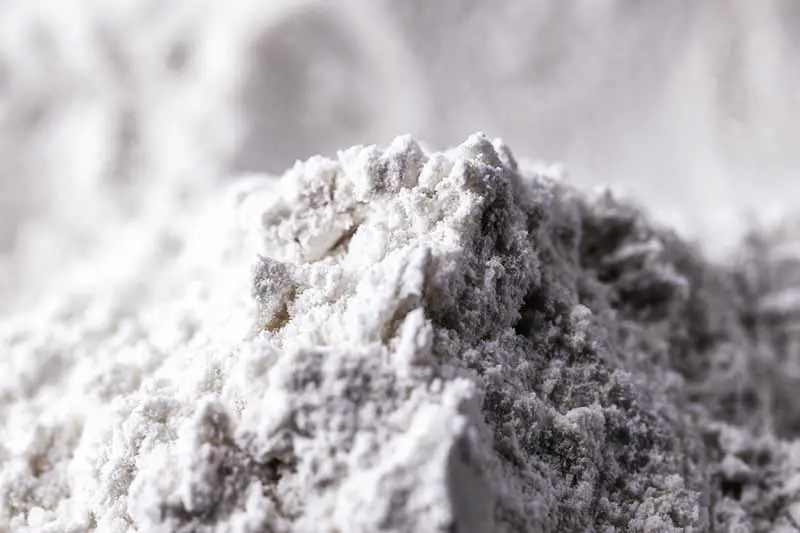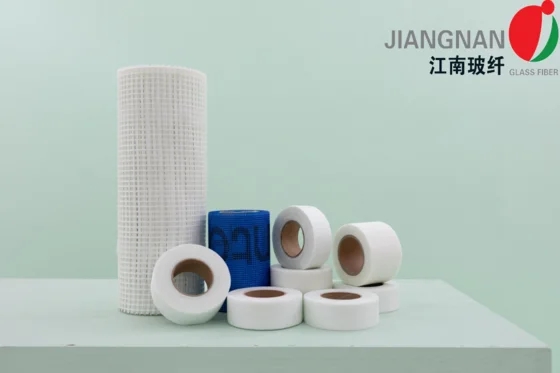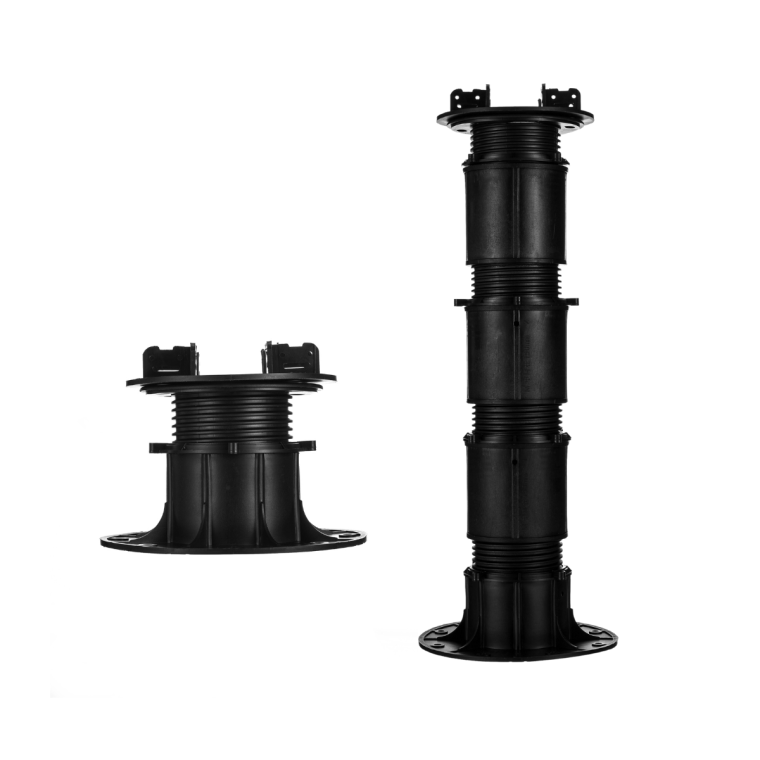Protecting Lime Mortar from Rain: Techniques and Tips
2 min read
Lime mortar is a popular building material that has been used for centuries. It is known for its durability, flexibility, and breathability, making it an ideal choice for historic buildings and monuments. However, lime mortar is also vulnerable to water damage, especially when exposed to heavy rain. In this article, we will discuss how to protect lime mortar from rain and ensure its longevity.
- Choose the Right Type of Lime Mortar
Not all lime mortars are created equal. There are three main types of lime mortar: hydraulic lime, non-hydraulic lime, and hydrated lime. Hydraulic lime is the most water-resistant type of lime mortar, making it a good choice for areas with heavy rainfall. Non-hydraulic lime is less water-resistant but more breathable, making it suitable for areas with moderate rainfall. Hydrated lime is the least water-resistant type of lime mortar and should only be used in areas with low rainfall.
- Apply a Water-Repellent Coating
One way to protect lime mortar from rain is to apply a water-repellent coating. This coating creates a barrier that prevents water from penetrating the surface of the mortar. However, it is important to choose a water-repellent coating that is compatible with lime mortar. Some coatings can trap moisture inside the mortar, leading to damage over time.
- Maintain Proper Drainage
Proper drainage is essential for protecting lime mortar from rain. Make sure that gutters and downspouts are clear of debris and functioning properly. If water is pooling around the base of the building, consider installing a French drain or other drainage system to redirect water away from the foundation.
- Repair Cracks and Gaps
Cracks and gaps in the mortar can allow water to seep in and cause damage. Regularly inspect the mortar for signs of damage and repair any cracks or gaps as soon as possible. Use a lime-based mortar that is compatible with the existing mortar to ensure a proper bond.
- Avoid High-Pressure Cleaning
High-pressure cleaning can damage lime mortar by removing the surface layer and exposing the softer, more vulnerable layer underneath. Instead, use a low-pressure cleaning method, such as gentle scrubbing with a soft-bristled brush and water.
In conclusion, protecting lime mortar from rain requires a combination of proper maintenance, repair, and the right type of lime mortar. By following these techniques and tips, you can ensure the longevity and durability of your lime mortar building.



